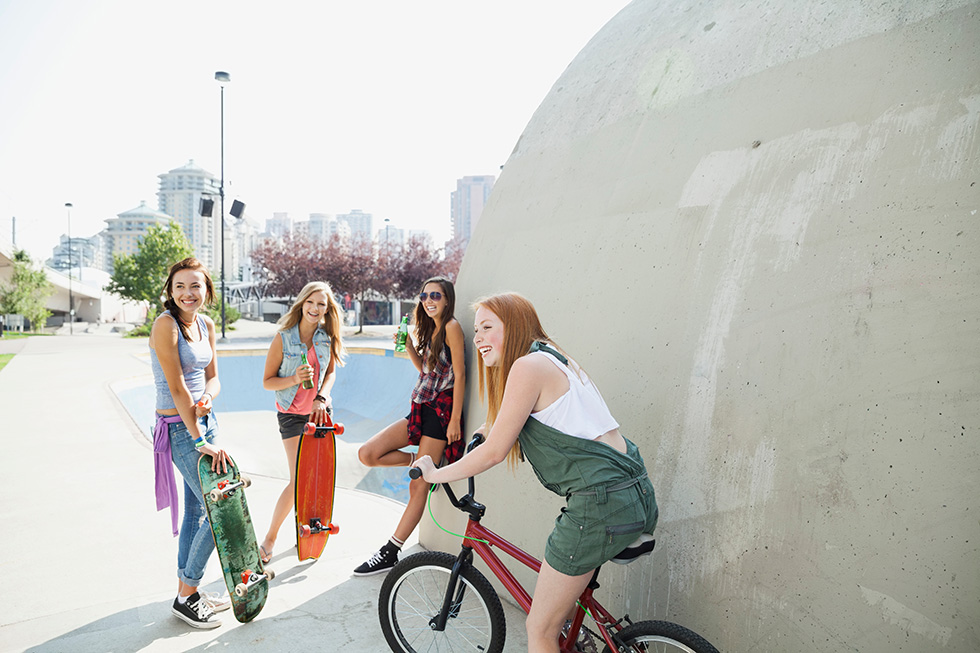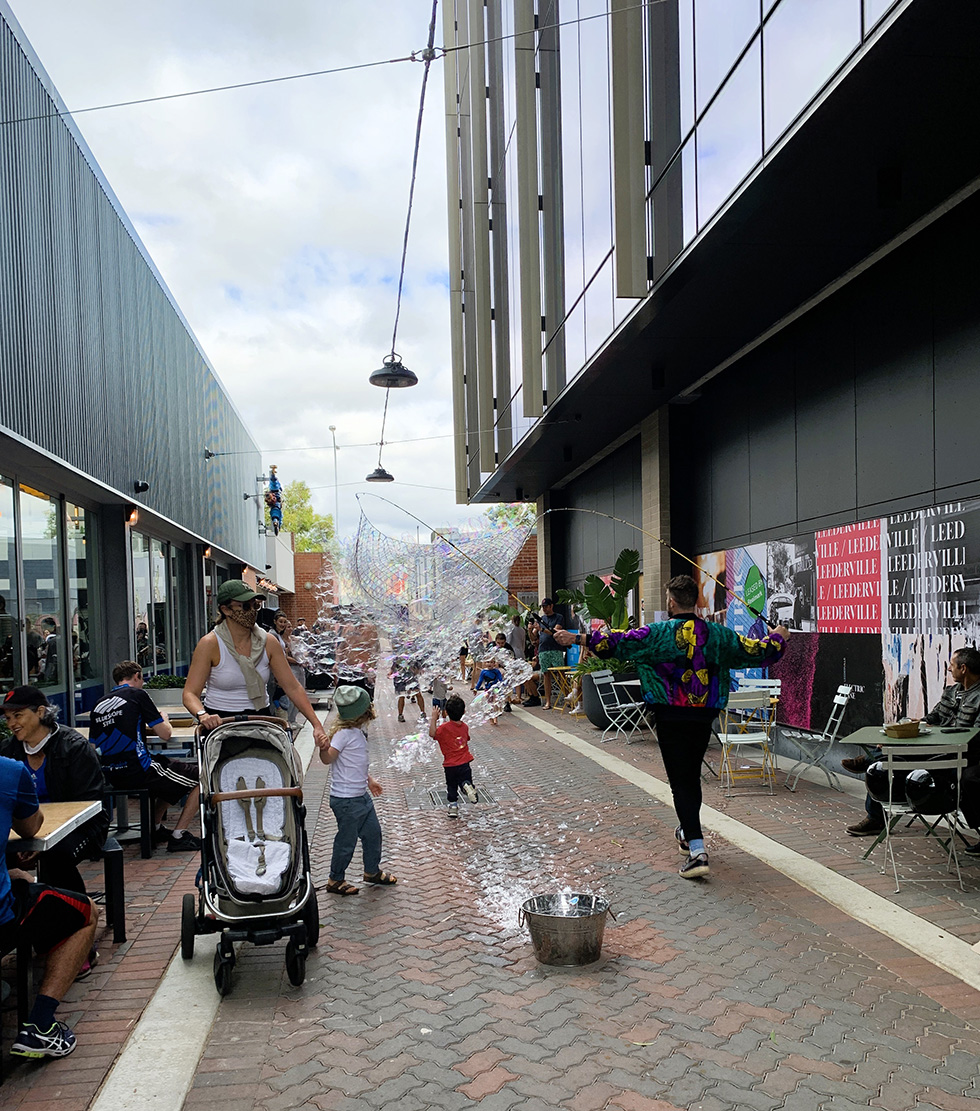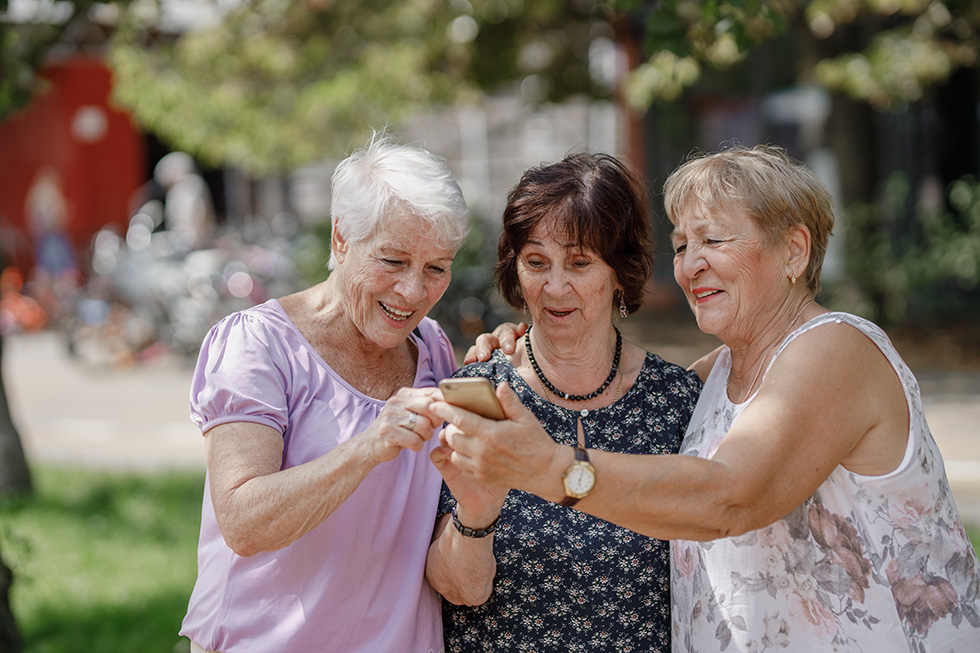Gender-inclusive Urban Planning: why the voices of women and girls create better public spaces
When you think of a public space, you might assume it’s been designed for everyone to enjoy equally. Sadly, this is rarely the case.
Research shows that women and girls do not use public spaces as freely or extensively as men and boys. Plan International’s Safer Cities for Girls report found only 7% of girls they spoke to “always feel safe in public”.
Moreover, our own research conducted as part of the Transport for NSW Safer Public Spaces for Women and Girls feasibility found that:
- 85% of women and girls found at least some degree of challenge when using public spaces.
- 70% of those surveyed agree that women and girls want access to better information about public spaces.
- Only 9% of women in NSW felt safe all the time.
This imbalance is driven by several factors, from poor urban design, to safety concerns, and a lack of understanding and consideration for the needs of young women.Yet when urban planning disregards the experiences of women and girls, it impacts every community member.
This article will explore how gender-inclusive urban planning can transform public spaces into safer, more harmonious environments for everyone.

Creating better public spaces
Research by Helen Pineo in 2020 showed that “Healthy urbanism requires the participation of all members of society in design and planning processes”.
This means the inclusion of women and girls in placemaking is vital for the sustainability of our cities.
With this in mind, Tove Levonen, Director of Shared City Foundation, worked with over 1300 women and girls on 25 urban design projects globally. Her work found that when young women are included in the design of public spaces, cities can achieve:
Inclusivity:
When participatory processes prioritize female voices, urban innovation becomes more inclusive and representative. This approach ensures that the needs of children, the elderly, people living with disabilities, refugees, LGBTQI+ communities, and others are considered.Social cohesion:
Young women have a keen focus on comfort and community engagement. Including design features such as group benches, seats with arms and backs, more nature-based and adventure playgrounds, and comfortable pathways that accommodate strollers and wheelchairs are thoughtful examples.Greater health and wellbeing:
Including young women in urban planning and design leads to safer and healthier communities for everyone. Simple but meaningful improvements, like better public lighting, more accessible transport links, and welcoming green spaces, can have a huge impact. It inspires people to spend more time outside - getting active, managing stress, and nurturing their physical and mental health.Economic growth:
Inclusive urban design provides support for both communities and local businesses. When we have safe, welcoming spaces for diverse groups to connect, we naturally see an increase in footfall and dwell time. This creates more opportunities for businesses to thrive, from bustling cafes and restaurants to marketplaces and local shops.
The role of data in gender-inclusive urban planning
Data is key to designing better public spaces.
Demographic and gender-disaggregated data is needed to reveal the insights place managers need to improve public space.
And quantitative data alone can’t tell the full story of women and girls in public spaces. It often ignores their personal fears, preferences and cultural influences that shape their sense of safety.
To create spaces for everyone, we need to actively engage with girls and women through participatory processes like focus groups, workshops or community-led audits. This gives the women and girls who use the public spaces the agency to speak about what matters most to them.

The Inhabit Place approach
At Inhabit Place we use observational data and community engagement to create safe and welcoming public spaces.
We work with women and girls at the street level to gather vital insights that reflect the needs and experiences of women and girls, and therefore our wider communities. This means designing spaces where all ages and abilities feel they belong.
Gender-inclusive urban planning makes places safer, strengthens community ties, and improves our physical health and wellbeing.
Together, we can make public spaces work better for everyone.
Get in touch to find out how we can design better public spaces for all.
